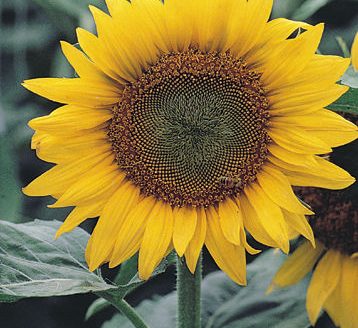Nearby prices at the crush plants were down 50 cents to unchanged this week. U.S. Department of Agriculture released its latest supply and demand reports last week. USDA put soybean production at 4.129 billion bushels, above the trade’s expectation of 4.108 billion bushels and the October estimate of 4.104 billion bushels. In addition, U.S. ending soybean stocks were raised to 245 million bushels, above the trade’s expectation of 225 million bushels and USDA’s October estimate of 220 million bushels. The increase in yield and stocks for soybeans were a surprise as traders expected little change from October. On the positive side, Thomas Mielke, executive director of Hamburg-based Oil World expects vegetable oil prices to rise next year amid an expected global deficit in production. According to Mielke, the current bearish market sentiment is temporary.
Palm oil prices are now close to their lows and will rise in 2024 and 2025 due to insufficient supplies and lower growth in other edible oils. If realized this would be positive news for sunflower seed prices.
Tough field and road conditions after recent rain and snow events have slowed harvest in the northern Plains. Harvest progress advanced 9% to 64% complete for the week ending Nov. 12. In the past week, producers harvested an additional 185,500 acres pushing 2023 harvested acres to about 515,395 acres. Last year at this same time about 92% of acres were harvested. Harvest progress remains 21% behind the five-year average.


